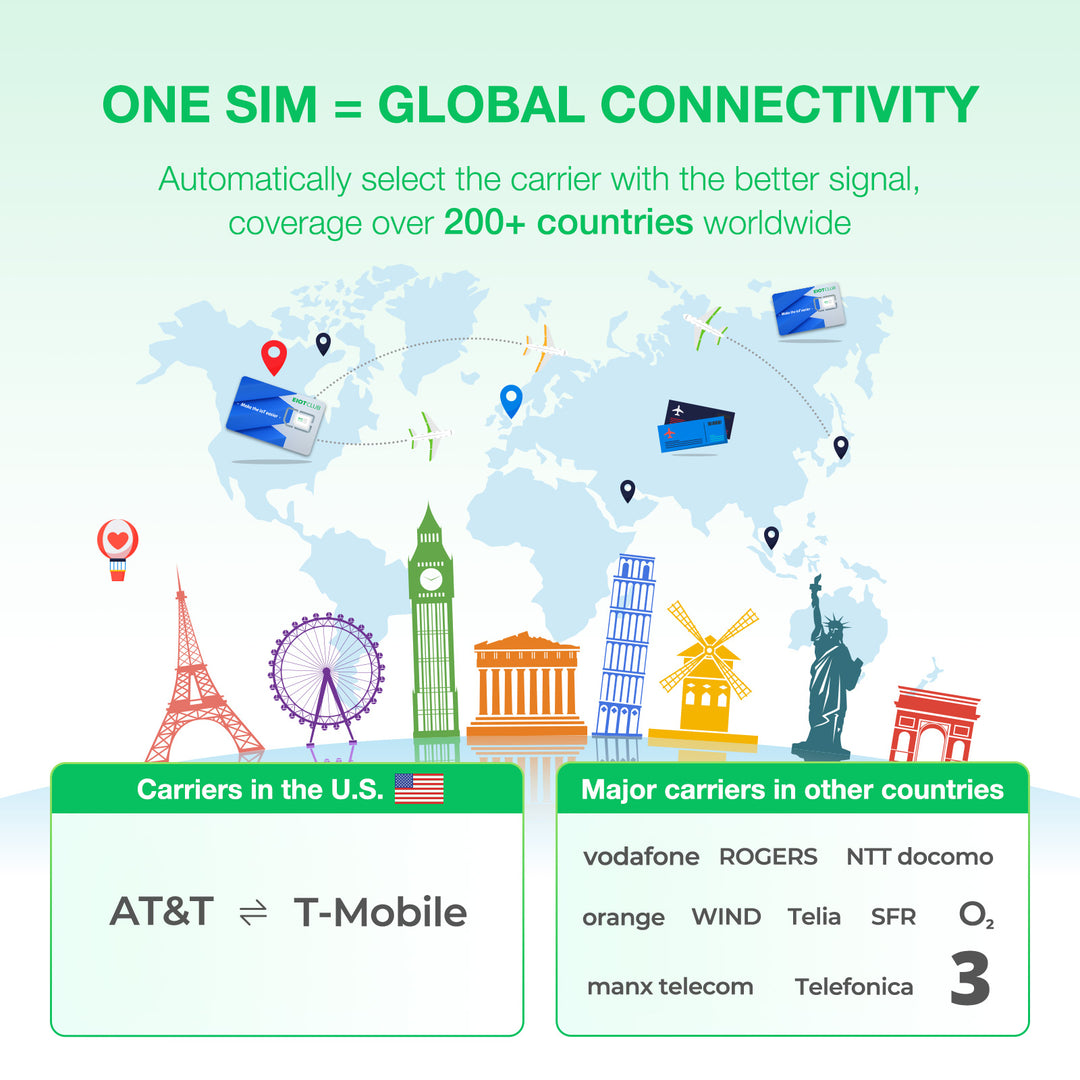Unlock Global Connectivity: Your Ultimate Guide to Choosing the Perfect International SIM Card!
In an increasingly interconnected world, staying connected while traveling has never been more important. International SIM cards have emerged as a vital tool for global travelers seeking seamless communication without the hassle of exorbitant roaming charges. Imagine exploring the bustling streets of Tokyo or lounging on a beach in Bali, all while being able to share your experiences in real-time with friends and family back home. However, navigating the challenges of local SIM cards or expensive roaming options can be daunting. This comprehensive guide is designed to help you choose the right international SIM card, ensuring you stay connected wherever your adventures take you.

Understanding International SIM Cards
International SIM cards are specialized mobile cards designed to provide cellular service across multiple countries. Unlike traditional SIM cards that are often limited to a single country or region, international SIM cards offer global coverage, allowing you to use your phone without switching SIMs as you cross borders. These cards typically come with various data plans that cater to different travel needs, whether you require unlimited data for streaming or just enough for navigation and messaging. The convenience of not having to worry about connectivity issues while abroad can significantly enhance your travel experience, allowing you to focus on creating memories rather than dealing with technical difficulties.
Factors to Consider When Choosing an International SIM Card
When selecting an international SIM card, several key factors should guide your decision. First and foremost is the coverage area; ensure that the card offers service in all the countries you plan to visit. Data limits are another critical consideration; some cards may have restrictive data caps that could hinder your ability to stay connected. The validity period of the SIM card matters as well; choose one that lasts for the duration of your travels. Compatibility with your device is essential; make sure your phone is unlocked and supports the necessary bands. Lastly, consider the customer support offered by the service provider, as having access to assistance can be invaluable during your trip. Each of these factors plays a crucial role in ensuring a smooth and enjoyable travel experience.
Types of International SIM Cards
International SIM cards come in various types, each tailored to different traveler needs. Prepaid SIM cards are the most common option, allowing you to pay upfront for a specific amount of data and talk time. They provide flexibility and prevent unexpected charges. Postpaid SIM cards, on the other hand, require a contract but may offer more extensive data packages for frequent travelers. Recently, eSIM technology has gained traction, allowing you to download a SIM profile directly onto your device without needing a physical card. Each type has its advantages; for instance, prepaid cards are perfect for short trips, while postpaid options may benefit long-term travelers. Understanding these options will help you select the best fit for your travel style.
How to Purchase an International SIM Card
Purchasing an international SIM card can be done through several channels. Online options are increasingly popular, allowing you to compare different providers and plans from the comfort of your home before your trip. Many websites offer the convenience of having the SIM card shipped directly to your address. Alternatively, you can buy an international SIM card at airports or local mobile stores once you arrive at your destination. When purchasing, pay attention to the activation process, as some cards require you to activate them online or through an app. Additionally, check for any hidden fees or terms associated with your plan to ensure you get the best deal. Taking these steps can help you make an informed decision and avoid surprises later.
Tips for Using Your International SIM Card Effectively
Once you have your international SIM card, there are several tips to ensure you use it effectively. Start by carefully following the activation instructions provided with your SIM card; this often involves inserting the card and possibly downloading an app. To manage your data usage, consider using Wi-Fi whenever possible for tasks like streaming or large downloads. Many travelers find it helpful to download offline maps and essential travel apps before leaving home. If you encounter any issues, such as poor connectivity or data not working, don’t hesitate to reach out to customer support for assistance. These small steps can make a significant difference in maintaining connectivity and enhancing your travel experience.
Key Takeaways for Global Connectivity
Choosing the right international SIM card is crucial for ensuring that you remain connected during your travels. By understanding the various types of SIM cards, considering essential factors like coverage and data limits, and knowing how to purchase and use your SIM card effectively, you can enjoy a hassle-free travel experience. As you plan your next adventure, take the time to assess your connectivity needs and do thorough research. With the right international SIM card in hand, you can explore the world with confidence, sharing your journey with those who matter most.








